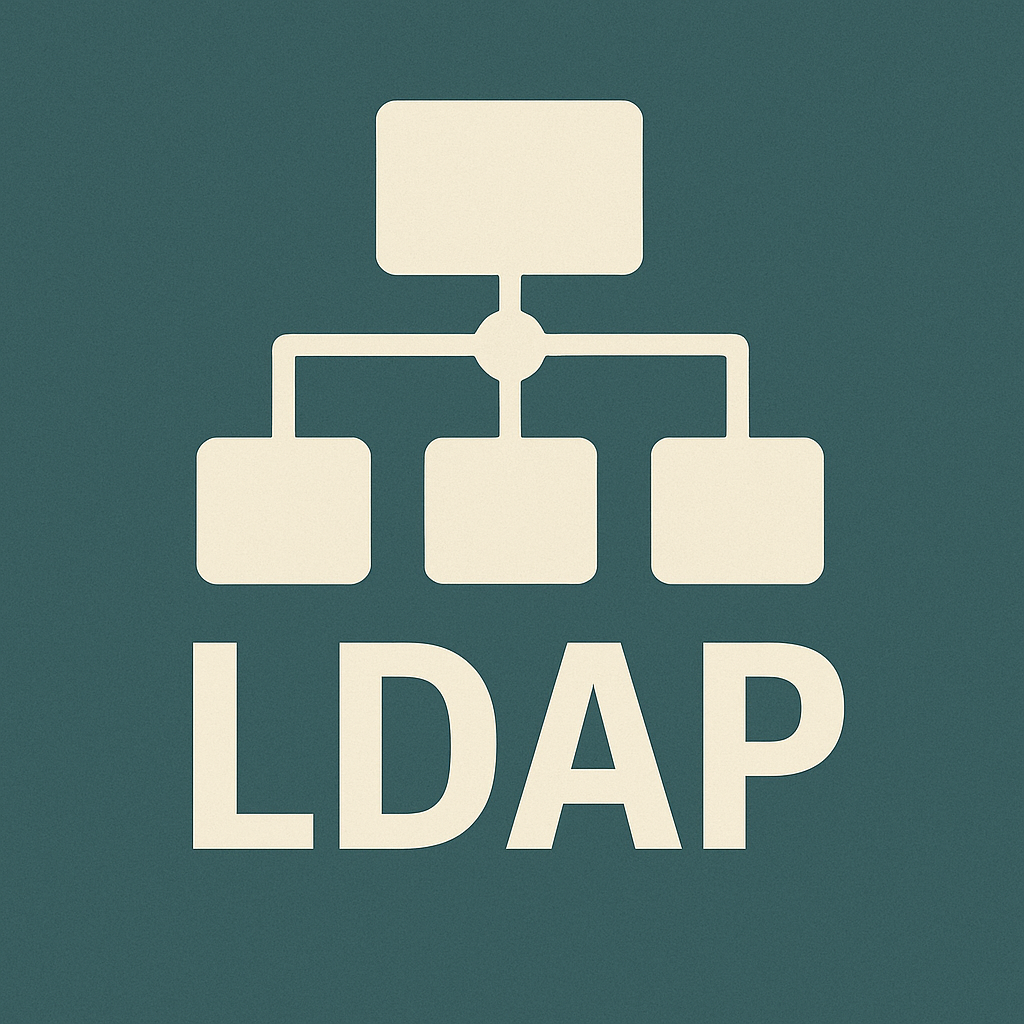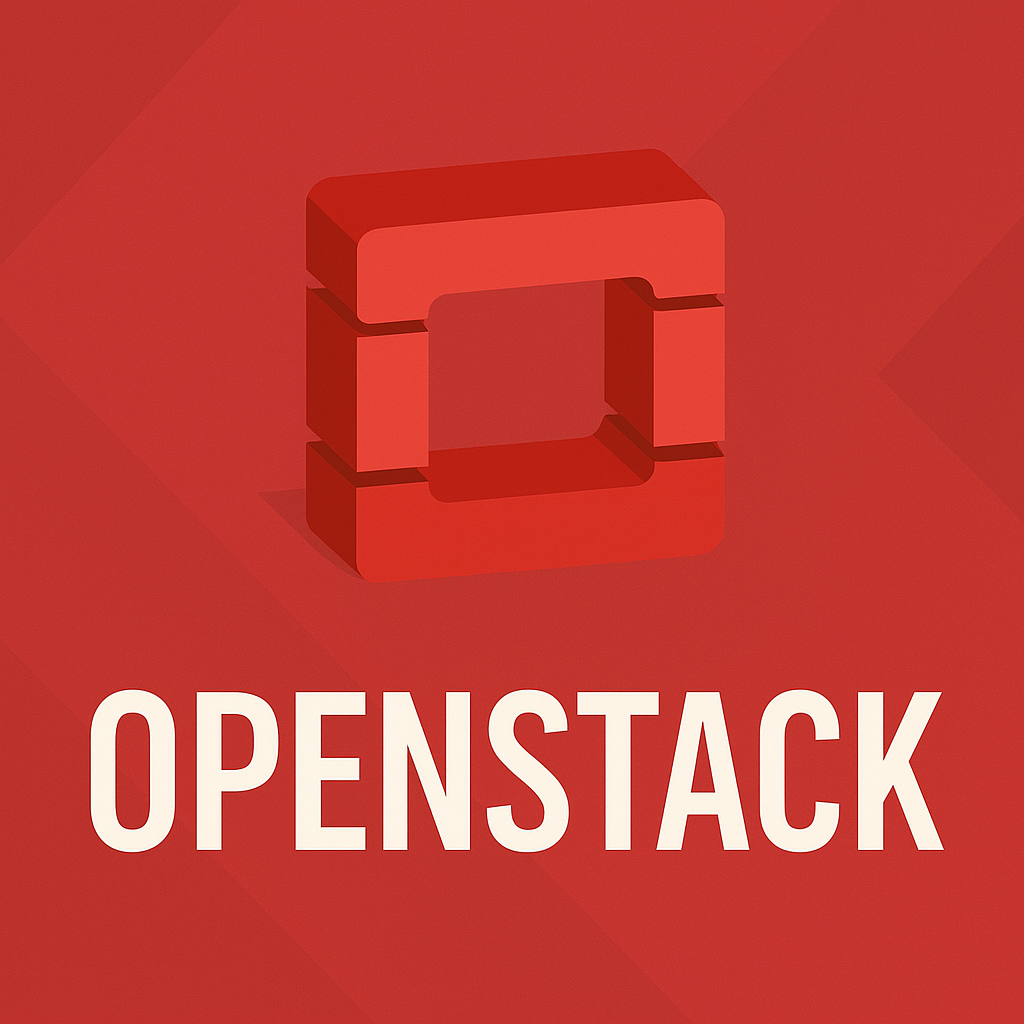Scrum Guide (Part1 of 2)
Icebreaking topics
The evolution of agile management indeed shows how it has expanded and gained popularity across various industries over time.
Here’s an analysis of agile management from the perspective of being a product of “involution” in China:
| 2000 | 2005 | 2010 | 2015 | 2020 |
|---|---|---|---|---|
| IT TELECOM(internet 2G) | GAMING(intranet 3G) | INTERNET(mobile internet 4G) | BANKING(Alibaba) | PHARMACY(COVID-19) FMCG(Tik Tok) AutoMobile(Tesla) |
2000: IT and Telecommunications IndustryThe origin of agile management can be traced back to the release of the Agile Manifesto in 2001. At that time, the IT and telecommunications industries were facing rapid technological changes and uncertain market demands. The traditional waterfall development model struggled to adapt. This led to the emergence of agile methods, such as Scrum and Extreme Programming (XP), aimed at improving development efficiency and adaptability.
2005: Gaming IndustryThe gaming industry’s demand for innovation and rapid iteration made agile methods a major trend. In game development, fast prototyping, quick incorporation of user feedback, and cross-department collaboration became critical. Agile methods helped teams manage complexity and shorten product development cycles.
2010: Internet IndustryThe explosive growth of the internet industry brought about fierce market competition. User experience, rapid product releases, and continuous iteration became key to survival. Agile management became the standard for internet companies, enabling small, incremental progress and frequent delivery to enhance user satisfaction and market responsiveness.
2015: Banking and Financial IndustryAmid the wave of digital transformation, traditional financial institutions began to feel the competitive pressure from tech companies. To accelerate product development and adapt to regulatory changes, banks and financial organizations started adopting agile management methods, establishing innovation labs and implementing agile team collaboration to improve competitiveness.
2020: Pharmaceutical IndustriesThe COVID-19 pandemic further drove the adoption of agile practices, especially in vaccine development and drug production, where rapid trials, real-time feedback, and cross-team collaboration became crucial.
Therefore, businesses transitioning to agile practices is not without reason. It is a means of surviving the pressures and challenges brought about by industry-wide “involution.” Survival of the fittest, as nature dictates, follows the law of natural selection.
Agile
What is Agile?
Agile is essentially a mindset, a philosophy for responding flexibly to rapid changes, complexity, and uncertainty.
Methods
It includes various kind of methods: Kanban, Extreme Programming(XP), BDD, Scrum and so forth.
4 Values
Individuals and interactions over processes and toolsOur processes and tools should provide services for developers, for people. Effective processes and useful tools should provide convenience for our work.
Effectiveness-oriented processes/tools, rather than oversight-oriented processes/tools. Please learn more in Taylorism.
Working software over comprehensive documentationThe best design documentation is actually the test cases.
Substance over form, code over text.
Customer collaboration over contract negotiationWe should strive for win-win cooperation, not adversarial negotiation.
Let the other party make money first, and then we can make money.
Responding to change over following a planWe prefer plans in the form of actions (verbs) rather than in the form of nouns.
Nothing is set in stone; the only constant is change.
12 Principles
More detailed infomation, please follow the agilemanifesto.
Taylorism
It is so ridiculous to treat people as resources.
The management in the IT and construction industries is lagging because both have been modeled after the management practices of the manufacturing industry.
In 1890, Taylorism gave birth to terms like ‘bean counters,’ ‘minute men,’ ‘blue-collar workers,’ and ‘time sheets,’ all of which are associated with oversight-oriented practice. This only leads to the so-called power struggles and conflict between managers and workers.
Scrum
Having introduced Agile, I will now focus on the Scrum methodology.
What is Scrum?
Scrum originates from rugby.
Business Perspective: Quickly and continuously turning innovation into value.
Managerial Perspective: Creating the maximum value with limited time and cost.
3 Core Practices
Value PrioritisationPrioritising tasks based on the commercial value of the product.
Parallel ProcessesBottlenecks and delays in a single process are addressed.
SuperteamEliminate collaboration dependencies and reduce waste of unused skills.
Differences between Scrum and Waterfall
The Project Management Triangle: Scope, Time, and Cost, all work together in a balanced way to impact quality.
ScopeTimecostQuality
Different management approaches handle problems in different ways.
WaterfallFixed scope, compressed cost.
ScrumMaximize value with fixed cost.
- Prioritize doing the tasks that create the most value.
- Expanding the project scope while keeping the cost unchanged puts pressure on the team.
That’s all I would like to introduce in this article.
More sharing about Scrum, please stay tuned for updates about Scrum Guide (Part2 of 2).







